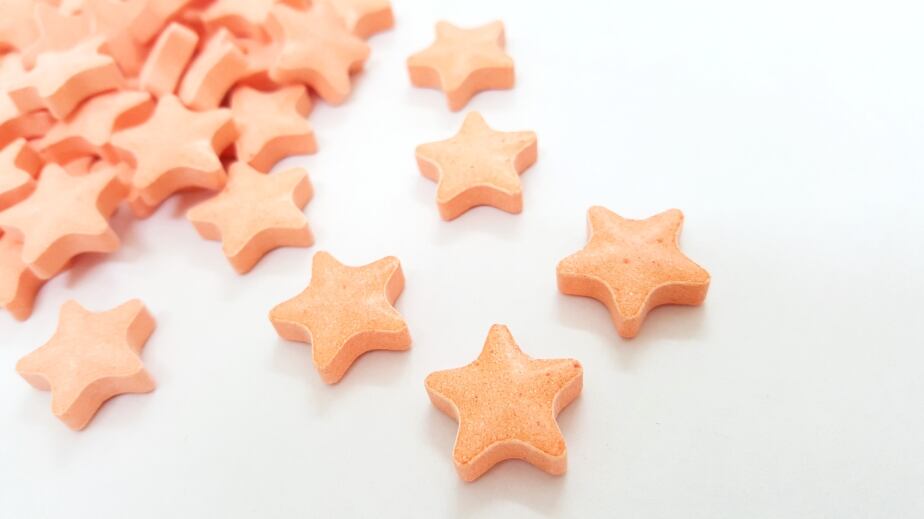The health effects of vitamin D are well-known, particularly on bone health. There is also a good body of evidence that suggests higher serum levels of vitamin D are associated with better muscle strength and decreased risk of type 1 diabetes and other autoimmune diseases and cancer.
The study, conducted in Finland, is particularly relevant among children from Nordic countries and other countries located at the same latitude who are at increased risk of vitamin D deficiency due to long and dark winters.
While vitamin D can be obtained from foods and supplements, the human body can make vitamin D in the skin in response to the UVB radiation of the sun.

Nordic and Finnish researchers recently recommended the intake of vitamin D from food and supplements of 10 µg/d for all children. In addition, all children in Finland are recommended to use 7·5 µg/d of vitamin D supplements year round, regardless of their dietary intake of vitamin D.
Study details
The study selected 184 girls and 190 boys aged 6–8 years, and analysed their vitamin D levels. Diet quality was assessed as was other lifestyle factors via questionnaires.
Researchers found that mean vitamin D dietary intake of the children was 5·9 µg/d. Altogether, 40·8 % of children used no vitamin D supplements and 82·4 % did not meet the recommended total vitamin D intake of 10 µg/d.
Milk fortified with vitamin D was the main dietary source of vitamin D, providing 48·7 % of daily intake. Approximately 30% of the vitamin D intake was from dietary fats and approximately 10% from fish. Children who either drank more than 450 g/d of milk, spent more than 2·2 h/d in physical activity, had more than 13·1 h/d of daylight time or were examined in autumn had reduced risk for vitamin D levels of less than 50 nmol/l. Insufficient vitamin D intake was common among Finnish children, one-fifth of whom had vitamin D levels less than 50 nmol/l.
“The results of our study showed that about 60 % of the children did not meet the previous Nordic recommendation for vitamin D intake from food and supplements of 7·5 µg/d,” the researchers noted.
“Over 80 % of the children did not meet the current Nordic recommendation for total vitamin D intake of 10·0 µg/d. Almost 20 % of the children had vitamin D concentrations below 50 nmol/l, which some regard as vitamin D deficiency, and about 70 % of the children had vitamin D concentrations below 75 nmol/l, which is considered by some to be an insufficient level.”

The researchers were surprised vitamin D levels were not as low as expected given the northern latitude of Finland where the creation of vitamin D induced by the sun is limited especially during winter.
They believed that the regular intake of milk fortified with vitamin D, which is commonly used in Finland, was the primary reason for this. Another reason put forward for the relatively high vitamin D levels in the study was the high vitamin D supplement use in Finland compared to other countries.
Nordic vitamin D notification
In 2003, after the recommendation of the Ministry of Social Affairs and Health, most fluid milk products, spreads and some other single food products were fortified with vitamin D in Finland.
This initiative was further revised in 2010, where the Finnish recommendation for vitamin D fortification was increased from 0·5 to 1 µg/100 g for fluid milk products and from 10 to 20 µg/100 g for spreads.
In 2014, the Nordic and Finnish recommendations for vitamin D intake were further increased to reach sufficient serum levels of vitamin D in these populations.
In Canadian and US studies among children, a higher intake of milk fortified with vitamin D has been associated with a higher serum vitamin D concentration and with a lower risk of having vitamin D deficiency).
A recent British study also concluded that the fortification of food with vitamin D could be the most effective way to improve vitamin D status in children.
Source: British Journal of Nutrition
Published online ahead of print, doi:10.1017/S0007114515005292
“Determinants of serum 25-hydroxyvitamin D concentration in Finnish children: the Physical Activity and Nutrition in Children (PANIC) study.”
Authors: Sonja Soininen, Aino-Maija Eloranta, Virpi Lindi, Taisa Venäläinen, Nina Zaproudina, Anitta Mahonen and Timo A. Lakka.
